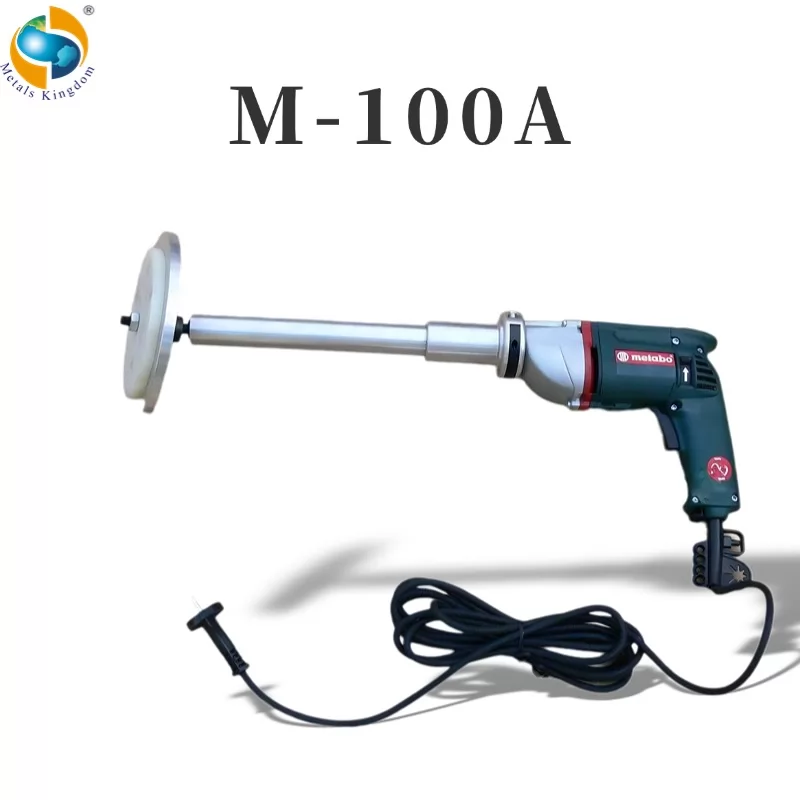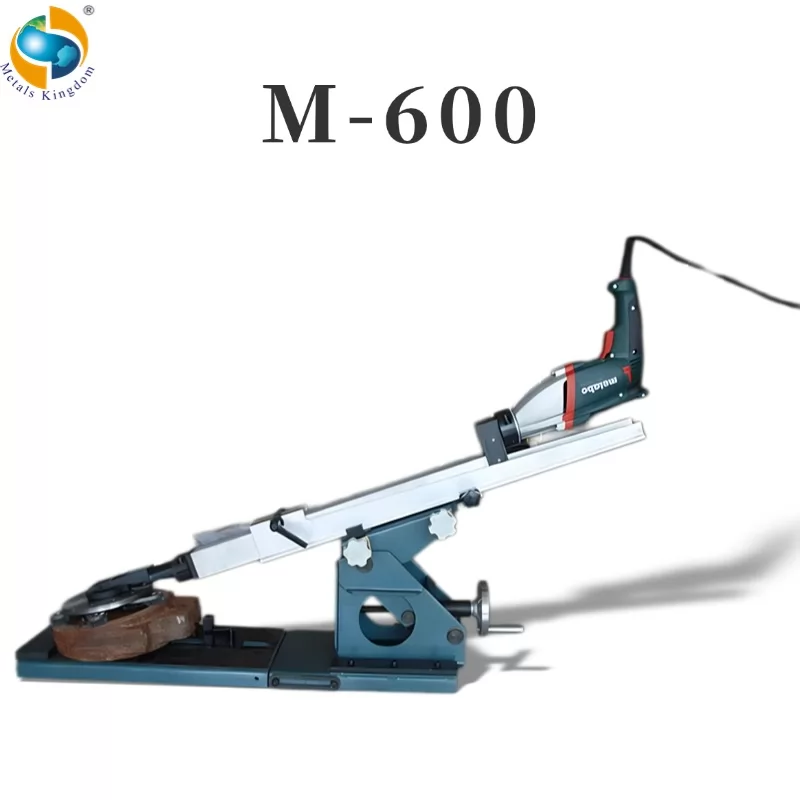Whether using a new valve or using a repaired valve, a pressure test leak must be performed using a Valve Tester Bench prior to installation.
Valve pressure test by Valve Testing Board refers to the valve body strength test. Leak test refers to the tightness test of the sealing surface. These two tests are the inspection of the main performance of the valve.
The test medium is generally clean water at room temperature, and kerosene can be used for important valves. The safety valve constant pressure test can use nitrogen to stabilize the gas, or use steam or air instead. For diaphragm valves, air is used for testing.

First, the valve test pressure
The nominal pressure ranges from 0.4Mpa to 32Mpa. These common pressure valves have a valve strength test pressure of 1.5 times their nominal pressure.
The valve seal test pressure is equal to 1.1 times the nominal pressure.
Second, the valve test method
The test pressure test of the valve is carried out on the valve test bench. The structure of the valve test bench has a pressing part on the test stand and a pipe connected to the test pump underneath. After the valve is pressed, the pressure test pump works. From the pressure gauge of the pressure test pump, the pressure of the valve can be read. When the valve is pressurized and filled with water, the air in the valve should be drained. The upper pressure plate of the test bench has a venting hole and is opened and closed with a small valve. The sign of air venting is that all of the vents are water.
After the vent hole is closed, the boost is started. The boosting process should be slow and not sharp. After reaching the specified pressure, keep it for 3 minutes and the pressure is not qualified.
Three steps of valve pressure test leak test:
1. Open the valve passage, fill the valve cavity with water (or kerosene), and increase the pressure required for the strength test to check whether the valve body, valve cover, gasket and packing have leakage.
2. Close the dead valve path, pressurize the valve to the nominal pressure, and check for leaks from the other side.
3. Turn the valve upside down and test the opposite side.












